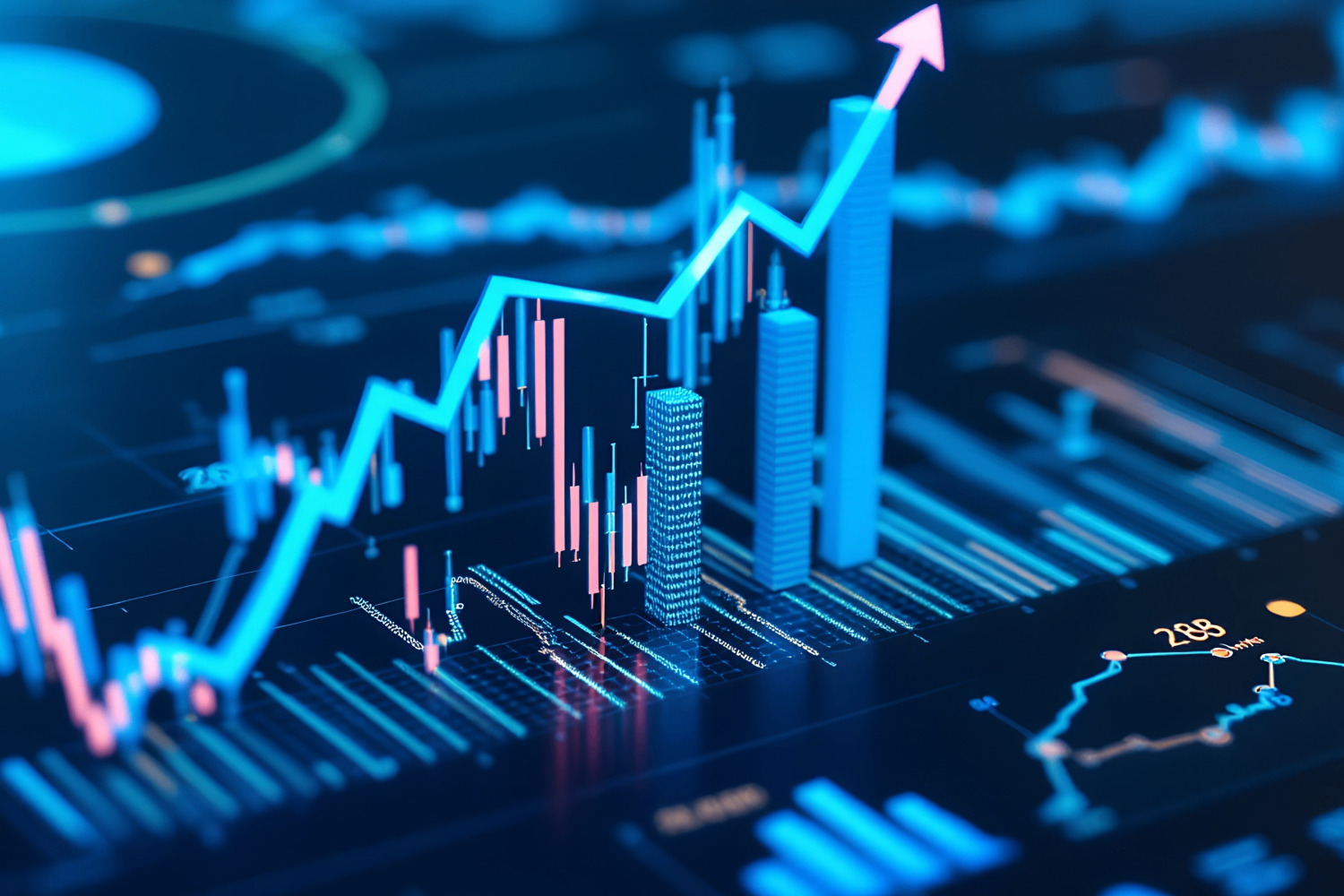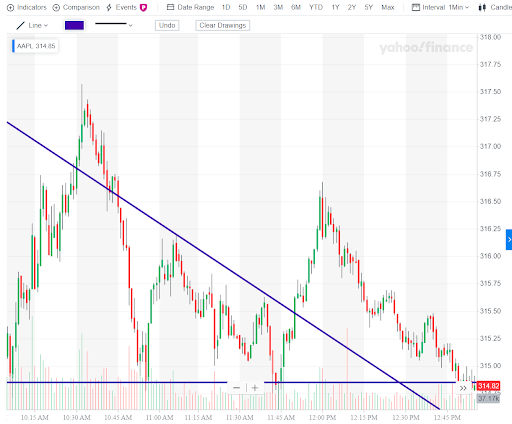Watch Full Video Here: The ONLY Technical Analysis Guide You’ll Ever Need! (Beginner to Advanced)
When people ask me about the difference between fundamental vs. technical analysis,
I always go back to my own experience. I didn’t come into trading with a background in finance.
In fact, I had to teach myself everything from scratch. Today, I’m sitting up $34,000 on the day right now, and I’m telling you, I’m confident that my results wouldn’t be possible if I hadn’t mastered technical analysis.
So, let’s break it down the same way I learned it.
How I Got Started With Technical Analysis
When I first started trading, I had no clue what fundamental or technical analysis meant. What I did know was that I needed to find a method that helped me make decisions fast. Fundamental analysis just didn’t fit the way I was trying to trade.
I wasn’t looking to invest in a company for five or 10 years. I needed to know what was happening in the next five or 10 minutes.
I taught myself technical analysis by studying chart patterns every single day. I would watch the same setups repeat themselves over and over. That repetition became my edge.
Fundamental Analysis
Fundamental analysis is about understanding the financial health of a company. You look at things like earnings, profit margins, debt, and future growth potential. Investors use this data to figure out whether a stock is undervalued or overvalued.
This approach makes sense if you’re a long-term investor. If you’re planning to hold a stock for years, it helps to know how strong the company is.
But as a day trader, I don’t have that kind of time. I’m not trying to figure out if a stock will go from $10 to $100 in five years. I care if it’s going to move from $10 to $11 in the next 20 minutes.
Technical Analysis
Technical analysis is all about the chart. I look at candlestick patterns, resistance and support levels, moving averages, and volume. These tools help me figure out where momentum is building and whether a stock has the potential to make a meaningful move.
Example of Technical Analysis in Action
Why I Use It
- It’s real-time. I don’t have to wait for quarterly reports or press releases. Every tick tells me something useful.
- It’s pattern-based. I rely on setups like bull flags, flat tops, and moving average crossovers — patterns that repeat over and over.
- It gives me control. When I see a clean setup with confirming volume, I act. If it’s messy, I stay out.
- It works. My $34,000 trade today? That was a textbook bull flag. Strong push, light pullback, breakout, and I was ready for it.
This strategy didn’t come overnight. It came from years of studying charts, refining my process, and learning to trust the data in front of me.
Why Technical Analysis Matters for Day Traders
In day trading, timing is everything. You’re not going to get a new earnings report in the middle of a trading session. The chart, on the other hand, always gives you new data. Every tick, every candle tells a story.
Fundamental data doesn’t change quickly enough to help me with timing my entries and exits. But technical patterns? They help me spot momentum and act on it fast. That’s why technical analysis has become my bread and butter.
Can You Use Both? Here’s My Take
Using both approaches can work, but it depends on your style of trading and your goals. Here’s how I look at it:
- Fundamentals help set the stage. Big news — like FDA approvals, earnings beats, or mergers — can spark momentum. These are events that put a stock on my radar.
- Technical analysis sets the timing. Once I’ve identified a potential mover, I immediately shift focus to the chart. Is it forming a bull flag? Is there volume building? These clues tell me when to strike.
For example, I might hear about an FDA approval premarket. That’s great, but I’m not entering blindly based on that. I’ll wait until I see a proper setup: confirmation of support, a clean breakout, or volume spikes. If it’s not there, I skip the trade.
There’s value in both, but in my experience, fundamentals are the “why” and technicals are the “when.” The chart tells you everything. Fundamentals might tell you why, but technicals tell you when.
Key Differences at a Glance
Before wrapping this up, let me give you a quick side-by-side breakdown of how these two approaches really stack up in practice.
Fundamental Analysis
- Long-term perspective — ideal for investors holding positions for months or years.
- Relies on deep dives into financial reports, earnings statements, and market trends.
- Aims to determine a stock’s intrinsic value based on company performance.
- Takes into account macroeconomic indicators, industry conditions, and news.
- Slower to react — less suited for fast-paced markets.
Technical Analysis
- Short-term perspective — suited for day trading and quick momentum plays.
- Relies heavily on chart patterns, price trends, and volume.
- Focuses on timing — identifying entries and exits in real time.
- Ignore financials — it’s all about what the price is doing now.
- Fast-moving — allows traders to capitalize on quick shifts in market sentiment.
Final Thoughts from a Technical Trader
If you’re trying to day trade, don’t waste your time reading balance sheets. Learn to read the chart. The patterns are there, and they repeat. You just have to train your eyes to see them.
You don’t have to guess. You just have to learn how to read what the chart is saying — that’s the skill that changed everything for me.
Check out my free day trading class where I walk you through the exact patterns I trade every day. These are the setups that helped me progress as a trader, and they’re the same ones you can start learning right now.



